Features From the Issue
-
Features
Öland, Sweden. Spring, A.D. 480
A hastily built refuge—a grisly massacre—a turbulent period in European history
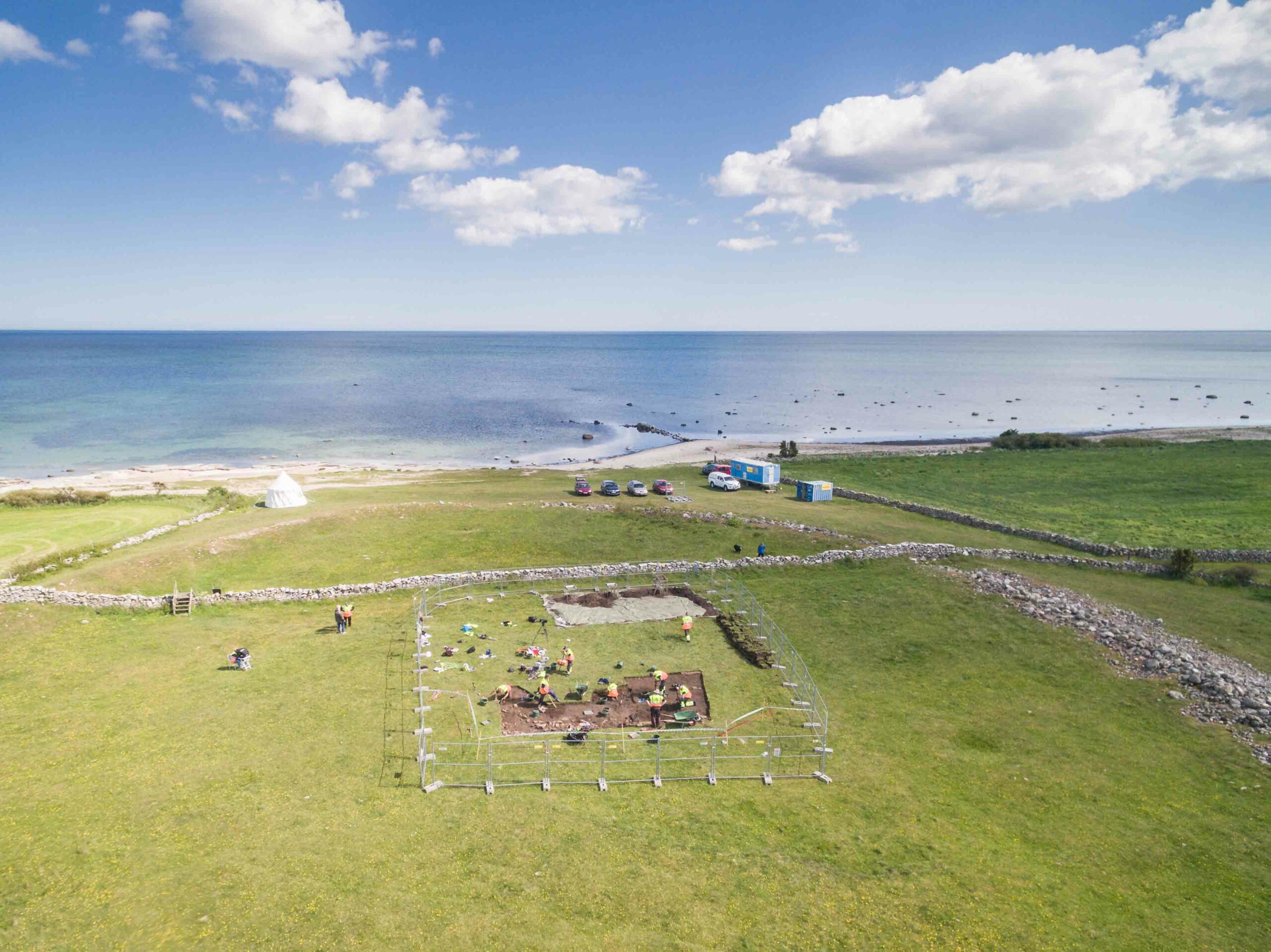 (Sebastian Jakobsson)
(Sebastian Jakobsson) -
Features
France’s Roman Heritage
Magnificent wall paintings discovered in present-day Arles speak to a previously unknown history
 (Copyright Remi Benali INRAP, musée départemental Arles antique)
(Copyright Remi Benali INRAP, musée départemental Arles antique) -
Features
Recovering Hidden Texts
At the world’s oldest monastery, new technology is making long-lost manuscripts available to anyone with an Internet connection
 (Copyright St. Catherine's Monastery)
(Copyright St. Catherine's Monastery) -
Features
Colors of the Priesthood
An intriguing source of power is revealed in an ancient Andean tomb
-
Features
The Lost Town of Dunluce
Just outside an iconic Irish castle, archaeologists uncover the remains of a completely undisturbed historic town

Letter from Guatemala
Letter from Guatemala
Maya Metropolis
Beneath Guatemala’s modern capital lies the record of the rise and fall of an ancient city

Artifact
Artifacts
Egyptian Ostracon

Digs & Discoveries
-
Digs & Discoveries
Legends of Glastonbury Abbey
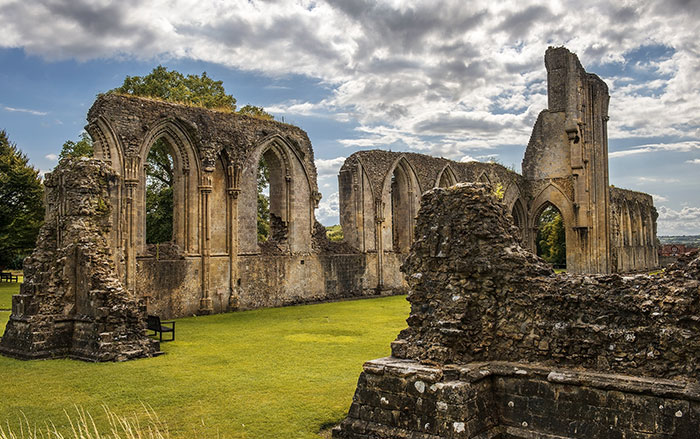 (AdobeStock)
(AdobeStock) -
Digs & Discoveries
A Circle of Skulls
 (Photo: Héctor Montaño, INAH)
(Photo: Héctor Montaño, INAH) -
Digs & Discoveries
Medieval Russian Memo
 (Courtesy Institute of Archaeology, Russian Academy of Sciences)
(Courtesy Institute of Archaeology, Russian Academy of Sciences) -
Digs & Discoveries
The Ring’s the Thing
 (Courtesy K. Hinds; © K. Hinds and Hampshire Cultural Trust)
(Courtesy K. Hinds; © K. Hinds and Hampshire Cultural Trust) -
Digs & Discoveries
Chinatown before the Quake
 (ASC, Sonoma State University)
(ASC, Sonoma State University) -
Digs & Discoveries
Tomb from a Lost Tribe
 (Imaginechina)
(Imaginechina) -
Digs & Discoveries
Alfred the Great’s Forgotten Ally
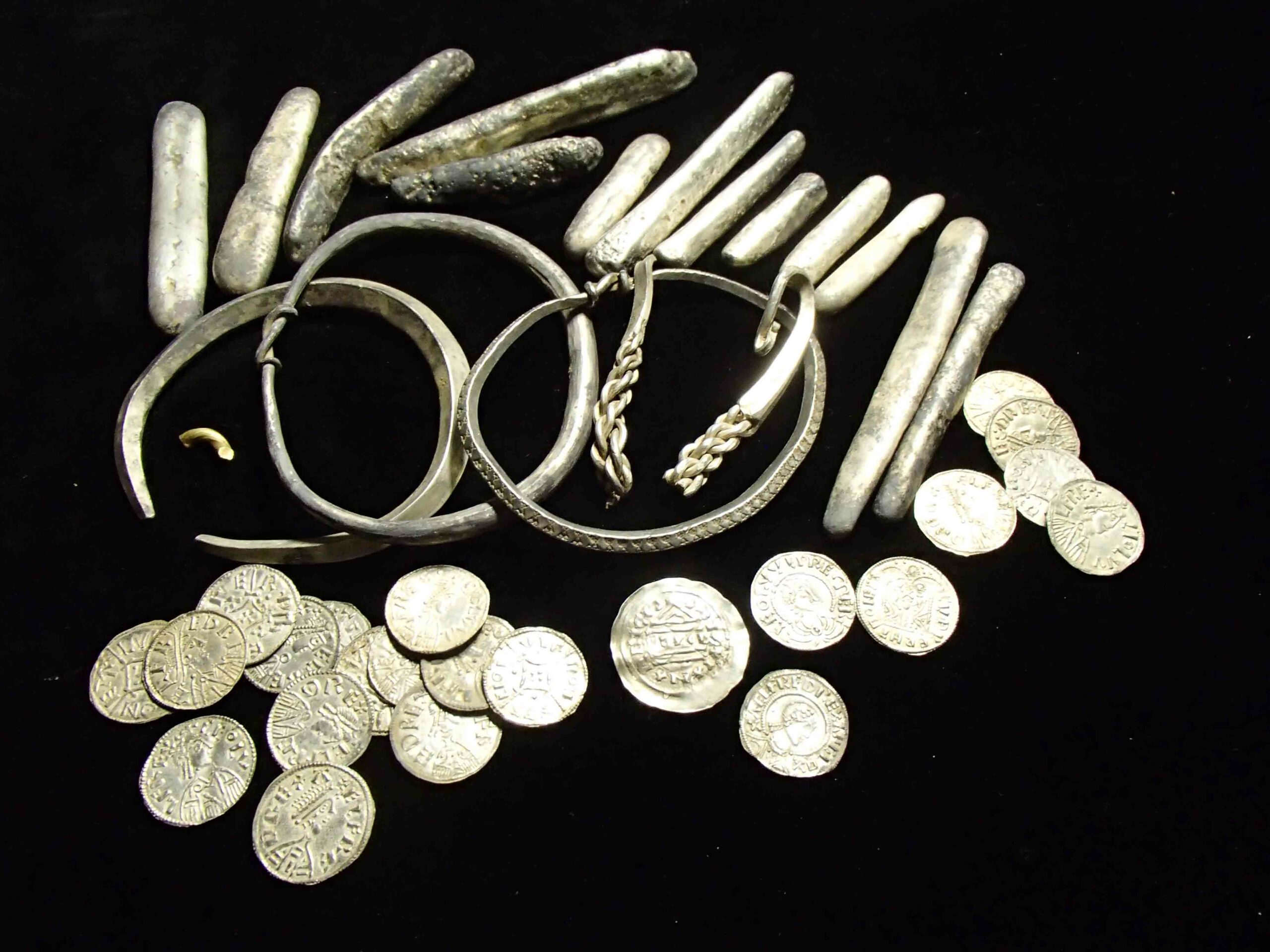 (© the Trustees of the British Museum)
(© the Trustees of the British Museum) -
Digs & Discoveries
Reading an Inca Archive
 (Courtesy Gary Urton)
(Courtesy Gary Urton) -
Digs & Discoveries
Minding the Beeswax
 (AdobeStock)
(AdobeStock) -
Digs & Discoveries
Quarrying Stonehenge
 (Photo: Adam Stanford)
(Photo: Adam Stanford) -
Digs & Discoveries
A Viral Fingerprint
 (Courtesy Veikko Somerpuro / University of Helsinki)
(Courtesy Veikko Somerpuro / University of Helsinki) -
Digs & Discoveries
Caesar’s Diplomatic Breakdown
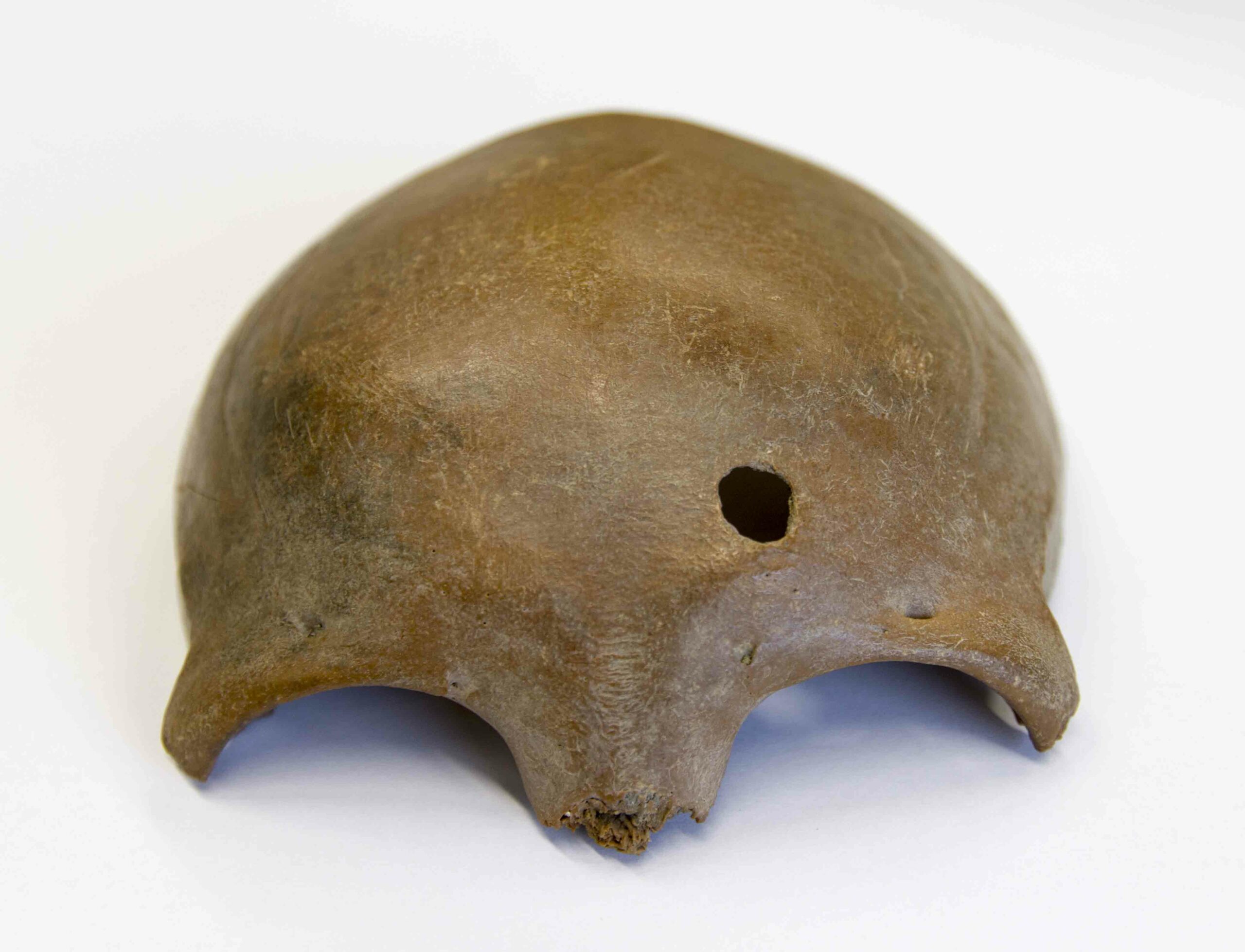 (Courtesy Vrije Universiteit Amsterdam)
(Courtesy Vrije Universiteit Amsterdam) -
Digs & Discoveries
Ship Underground
 (Courtesy Thunderbird Archeology, a division of Wetland Studies and Solutions, Inc.)
(Courtesy Thunderbird Archeology, a division of Wetland Studies and Solutions, Inc.)
Off the Grid
Off the Grid March/April 2016
Côa Valley, Portugal

Around the World
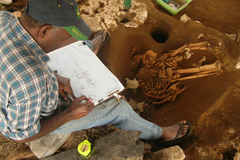
VANUATU

VANUATU: Analysis of seven 3,000-year-old skulls from the oldest cemetery in the South Pacific, on Efate, an island in Vanuatu, is helping explain how the region was settled. The people of this island nation today resemble Melanesians—natives of Australia and New Guinea—more than Polynesians, such as natives of New Zealand and Hawaii. Osteological data are showing that a people called the Lapita, who first colonized the Pacific, looked more like Polynesians. Melanesians apparently came later and the groups intermarried. In places such as Vanuatu and Fiji, Melanesian traits won out, while Polynesian ancestry dominated elsewhere, as people island-hopped to the east. —Samir S. Patel

EAST TIMOR

EAST TIMOR: For 45,000 years, people on Timor coexisted with the biggest rats the world has ever known, some upwards of 10 pounds. A project there found new fossils from several giant rat species previously undocumented by science. Cut and burn marks on some bones indicate that people ate the rodents, but it wasn’t until about 1,000 years ago that the creatures went extinct (related species still exist elsewhere in maritime Southeast Asia). Paleontologists speculate that the introduction of metal tools around that time allowed people to clear more giant rat habitat. —Samir S. Patel

EGYPT

EGYPT: It took eight weeks of delicate surgery—using some traditional materials—but the mask of Tutankhamun is now back on display at the Egyptian Museum after its long beard was knocked off by museum workers and then hastily reattached using epoxy resin. The concern was that the clumsy, crusty repair job would be irreversible, but an international team removed the epoxy with wooden tools and has reattached the beard with beeswax. —Samir S. Patel


